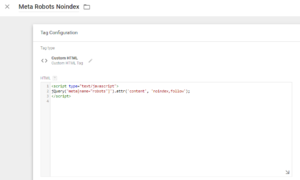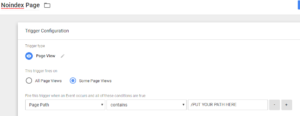Last year was full of changes and uncertainty, but presented new consumer trends and a greater emphasis on digital and SEO than ever. But what’s key to include in your 2021 SEO strategy?
Let’s take a look at 5 important areas that will help you be a cut above the rest.
1. Search Intent
Search intent in SEO continues to grow in importance. While it’s hardly a new concept, every year it’s a good idea to re-examine user behaviour to keep on top of changes. Especially after the year that was 2020 when online behaviours changed so rapidly.
Understanding the why behind a search query and matching it to one of the four types of Search Intent (informational, commercial, navigational and transactional) will help you write content that answers consumers questions.
There is a large section on the topic in Google's most recent edition of Quality Rater Guidelines.
Google is getting better at understanding how people search so make sure you create content that reflects the different types of user intent.
2. Core Web Vitals
In May 2021 Core Web Vitals will become a Google ranking signal.
Core Web Vitals are designed to measure how users experience the speed, responsiveness, and visual stability of a page and combine the following signals:
- Mobile-friendliness
- Safe-browsing
- HTTPS-security
- Intrusive interstitial guidelines
It will be critical for marketers to make sure they stay on top of this to be competitive with the average website and ensure their traffic and conversions are not affected. So start looking at this now ahead of the update in May.
Overtime Core Web Vitals will change as user expectations of web pages change so staying up to date and checking these elements of SEO regularly should be an important part of your SEO strategy.
3. Mobile First
By March 2021, Google will have switched all websites from desktop-first to mobile-first indexing. This means Google will predominantly use the mobile version of a website's content for indexing and ranking, meaning it has never been more important for marketers to focus on a mobile-first strategy.
If you haven't already, now is the time to check your website pages and make sure they are easy to navigate, and all images and content are displayed well.
It’s ok to have a different desktop and mobile website experience, but considering Google will essentially ignore the desktop version, if you still have a separate mobile site, now might be the time to migrate to a mobile responsive site instead.
4. Structured data & SERPs
In 2021 Google is set to offer even more answers directly on search result pages without people having to visit a site. This means structured data, or schema mark-up should be an important part of your SEO strategy in 2021.
Marketers should use structured data to help Google better understand who you are, what you offer and what audience you serve, increasing rich results from your website on SERPs. This can have a remarkable impact on CTA’s and attention from users.
Using Googles’ Structured Data Testing Tool, you familiarise yourself with the concept and start applying structured data for your website.
Although not always easy, if you can win FAQ or how-to schema on SERPS you can significantly increase the likelihood of people clicking on your result. You will want to make sure you're creating content with the user in mind and answer common questions on your pages.
5. Long-Form Content & Topic clusters
While the word count of content is not a ranking factor, long-form content generally suggests more information, more expertise and more questions answered.
Marketers should research topic clusters around one central content theme. Cover all aspects of a topic, in as much detail as possible with strategic interlinking. This will send signals to Google that the content of your site has a high level of breadth and depth.
Break up your long-form content with lots of keyword-rich H2 and H3 tags.
You should also take a look at updating old content with relevant new information. Answer questions you haven't previously touched on, and provide extra breadth and depth.
Conclusion
Adapting to SEO trends and keeping up to date with Google’s criteria is fundamental to SEO success. 2021 should see marketers put consumers' interests first, with a focus on excellent user experience and in-depth, interesting written content.
For more information about SEO strategy, get in touch.
You can also follow us on Twitter and Facebook for the latest updates.



